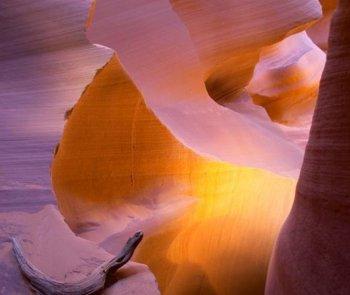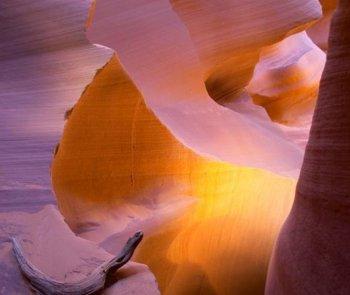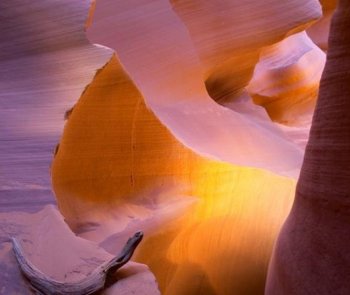What It Takes to Make It in Photography
Being a photographer is a dream job for many but with nowaday’s competition it might turn into a nightmare.

LUMINOUS: Antelope Canyon, Ariz., photographed by a highly accomplished photographer, pulls the viewer in through composition and special light effects. 'Driftwood and Glowing Sandstone, Antelope Canyon,' Alain Briot, 2004. Courtesy of Alain Briot
|Updated:



